- Publisher’s Note
- Editorial
- Progressive Artists Group of Bombay: An Overview
- S. H. Raza: The Modern
- Ara: The Uncommon Commoner
- Art of Francis Newton Souza:A Study in Psycho-Analytical Approach
- M.F. Husain: An Iconoclastic Icon
- Husain’s ‘Zameen’
- Life and Art of Sadanand Bakre
- Hari Ambadas Gade: Relocating the Silent Alleys
- Mysticism Yearning for the Absolute
- Modernist Art from India at Rubin Museum of Art, New York
- Traditional Art from India at the Peabody Essex Museum
- Nandan Mela 2011: A Fair with Flair
- India's First Online Auction of Antiquities
- The Market Masters
- Markets May Plunge and the Rich May Flock To Art
- What Happened and What's Forthcoming
- Random Strokes
- Julian Beever: Morphing Reality With Chalk Asthetics
- Eyes on Life: Reviewing Satish Gujral’s Recent Drawings
- Exploring Intimacy: Postcards of Nandalal Bose
- Irony as Form
- Strange Paradise
- Eyeball Massage: Pipilotti Rist
- René Lalique: A Genius of French Decorative Art
- The Milwaukee Art Museum – Poetry in Motion
- 9 Bäumleingasse
- Art Events Kolkata: November – December 2011
- Art Bengaluru
- Mumbai Art Sighting
- Delhi Dais
- Tacita Dean at Turbine Hall, Tate Modern, London
- Preview: January, 2012 – February, 2012
- In the News: December 2011
ART news & views
Mysticism Yearning for the Absolute
Issue No: 24 Month: 1 Year: 2012
Report
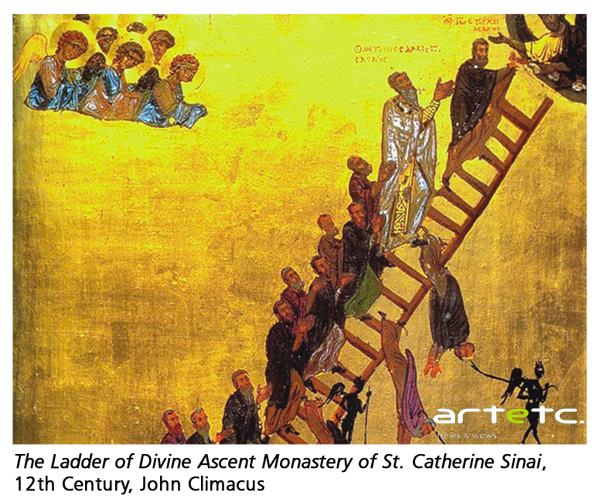
Zurich. The word "mysticism" is derived from the Greek term “mystikos”, which means "inexplicable" or "hidden". The word mysticism has only existed since the 17th century. Yet only in the 19th and 20th centuries did mysticism evolve as a general religious phenomenon or an aspect of inter-religious spiritualism.
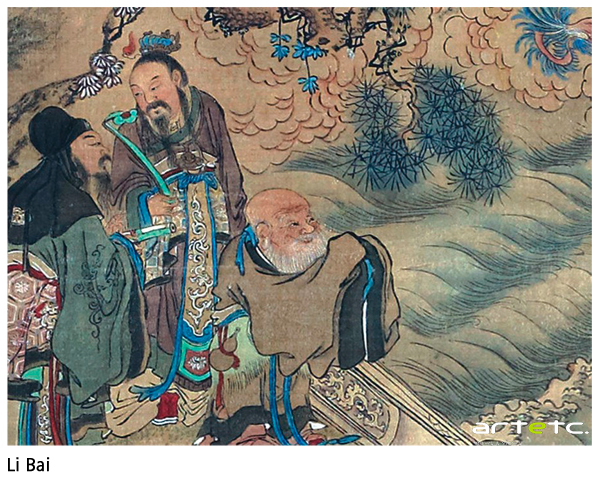
The Museum Rietberg is exhibiting the world's first culturally comparative exhibition on mysticism. This elusive religious phenomenon is being illustrated by the example of forty male and female mystics: their lives and writings demonstrating just how richly varied spiritual experience can be. The mystics chosen for the exhibition come from the great religions of the world - Hinduism, Buddhism, Daoism, Islam, Judaism and Christianity - and span the period from the 6th century BC until the 19th century. The show started on 23 September 2011 and continues till 15 January 2012.
Mystics strove for the absolute, the union with the divine, and either attempted to grasp the energy of God or endeavoured to harmonise the forces that move the world. Sacred writings, prayers, meditation, ecstatic dances, chants or strict asceticism, but also sensual pleasures, inspired the mystics and helped them on their journey after death or in another life.
The theme of love and desire is explored under the title Yearning for the Absolute. The theme is being illustrated not only by 153 works of art and original documents, but also by 30 films, audio and multimedia installations. Portraits, pictures of saints and devotional objects belonging to some mystics have survived. However, the most important sources of mysticism are the texts, sermons, poems, prayers and chants left to us by the mystics.
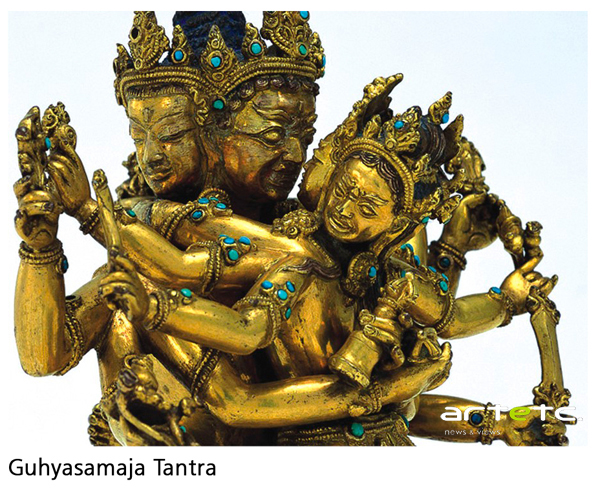
The forty mystics are presented in the exhibition both individually and in their cultural context. However, a tour of the exhibition also revealed that they shared ideas that transcended the boundaries of religion: the Christian and Islamic mystics were inspired by the ideas of antiquity espoused by Plato and Plotinus. Central themes include ascending to God in Christian mysticism, and the path to enlightenment in Buddhism. One characteristic of Hindu mysticism is bhakti, or "loving participation". The bhakti saints not only wanted to revere God verbally and in ritual, but also to possess him, and to be possessed and enslaved by him. The Tantra of the Hidden Union, a Buddhist text, teaches a method of meditation that is expressed in representations of Buddhas. In Islam, in Sufism, the aim of mystical practices is to struggle against the desires of one's own soul and to become one with God.
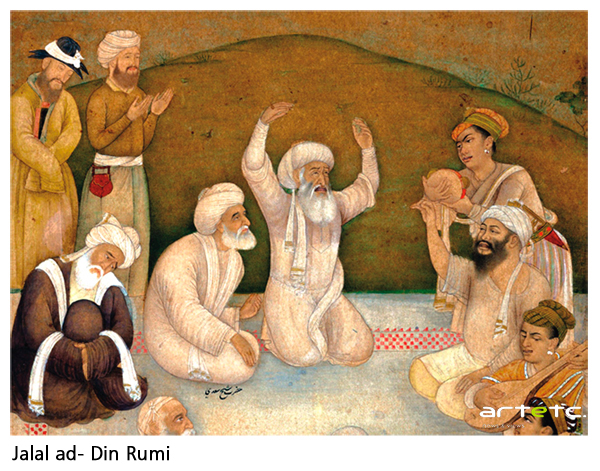
The selected mystics included in the show are Tibetan ascetic, Milarepa (1040-1123); an immortal from China, Laozi (6th century BC); Greek philosopher Plotinus (204-270); Hakuin Ekaku (1685-1768), an unconventional Zen master; an uncompromising social revolutionary and an ecstatic poetess from India, Mirabai (c. 1498-1546); a Swiss hermit who used a stone as a pillow, Niklaus of Flüe (1417-1487); a Sufi poet intoxicated by love Jalal ad-Din Rumi (1207-1273); Moses Cordovero (1522-1570) and others.
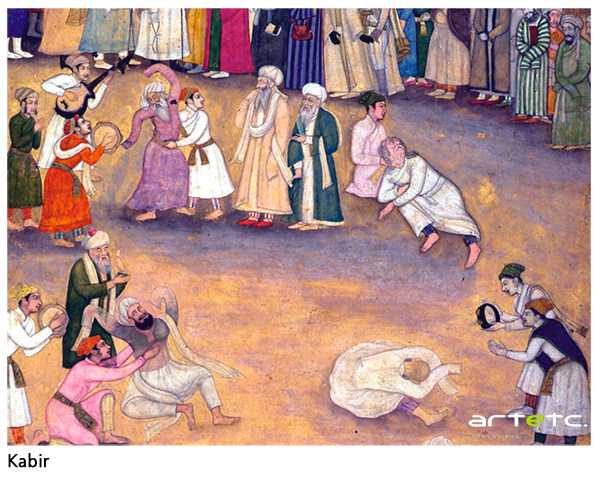
Lenders of the 153 exhibits include Aga Khan Collection, Geneva; Collection Ludwig Habighorst; Dr. Jörn Günther Rare Books AG, Stalden; Stiftsbibliothek, Einsiedeln; Etnografiska Museet, Stockholm; Fondation Martin Bodmer, Geneva; Gross Family Collection, Tel Aviv; Islamica Collection Heinrich Foss; Kunsthaus Zürich; Meiyintang Collection; Musée d'Art et d'Histoire, Geneva; Musée Guimet, Paris; Museo Nacional del Prado, Madrid; Museum Bruder Klaus, Sachseln; Museum der Kulturen Basel; Nidwaldner Museum, Stans; Sammlung Boris Berkowitsch, Berne; Staatliche Museen zu Berlin, Ethnologisches Museum; The British Library, London; Victoria & Albert Museum, London and others.